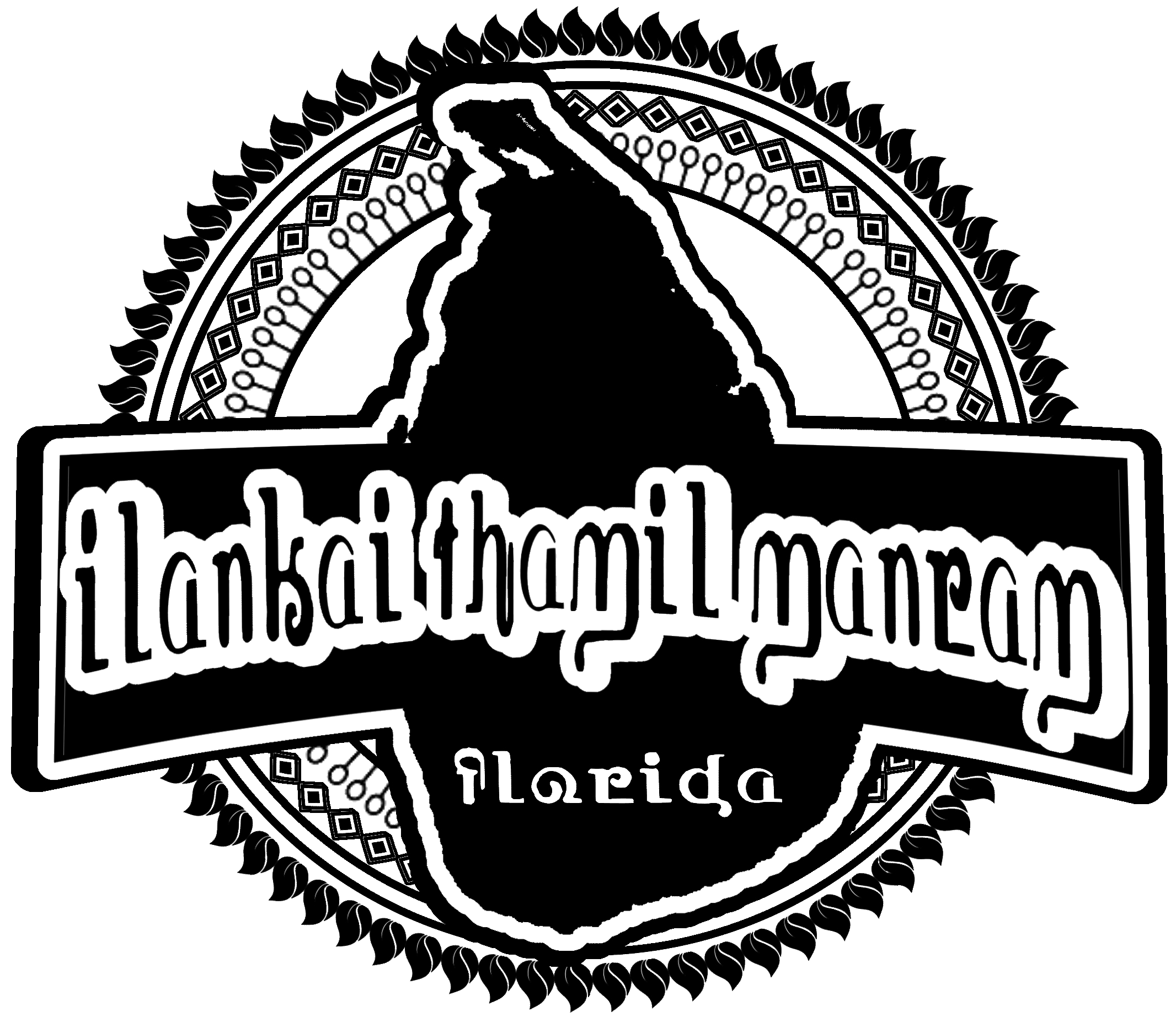
Happy National Hot Sauce Day!
Today is the day we relish that spicy condiment, hot sauce. Hot sauce originated in the Americas, as did their major ingredient, chilies. The first hot sauces are believed to have been made by the Aztecs and other Mesoamerican civilizations. Initially hot sauces were a mix of water, ground chilies, and various herbs. It is only upon the advent of the arrival of Europeans that the cultivation of chilies was spread around the world. The official commercialization of hot sauce began in the United States in the early 1800’s, and by the 1900’s, it had become a condiment known and utilized internationally. Nowadays, the basic building blocks of most hot sauces, are chili peppers, vinegar, and salt.
Chilies were originally brought to Sri Lanka by the Portuguese, who spread the cultivation thereof throughout its colonies in South Asia. Prior to their arrival, Sri Lankan cooking was heavily dependent on other spices, such as cinnamon and cumin. However, the use of the chili pepper has now become ubiquitous within South Asian cuisine. Given this fact, it may be somewhat surprising that the idea of the hot sauce has not really taken off within Sri Lankan cuisine.
The closest food item Sri Lanka may have to a hot sauce would probably be a sambal. While a sambal does contain ground chili peppers, it is of a thicker consistency than a sauce, and is usually considered a relish. Instead, Sri Lankan cuisine tends to incorporate chili peppers directly into the cooking, rather than as an added sauce.
Given the lack of familiarity with hot sauce within Sri Lanka itself, it is understandable that most versions of Sri Lankan-inspired hot sauces that are commercially available have been developed by Sri Lankans residing in other nations. There are companies in New Zealand, Australia, Canada, and the United States that have created hot sauces that invoke traditional Sri Lankan spice blends. There are even some hot sauce companies beginning to spring up in Sri Lanka itself.
However, as there is no “official” Sri Lankan hot sauce, it would appear that what makes a hot sauce Sri Lankan is open for interpretation. What ingredients do you feel would be necessary to define a hot sauce as a Sri Lankan hot sauce?
*The links within this blog are strictly for information purposes and should not be construed as an endorsement of the products referenced.
